Looking back 20+ years ago, Apple announced it's Digital Hub strategy. It was centered around the Mac as your main desktop computing device. All kinds of peripherals could be connected to it and exchange files, like MP3-players, digital cameras, PDA's, laptops, etc.
Although Apple integrated hardware (and software) even further from the advent of the smartphone and growth of the internet, I sometimes think back to this 'digital hub' concept. A lot of people can fully live their digital lifes with only a smartphone and some apps, but I consider myself mainly a desktop guy. Of course, I also walk around with a smartphone in my pocket, but I don't really like this device. I'm forced to choose between Android or iOS, third-party apps want to know all kinds of unnecessary things, and it's an unwelcome social distraction for me.
So my Linux desktop is my main computing machine. I have control over the software and I don't need the heaviest computing power (I ran Linux on a Raspberry Pi 4 for three years as my main desktop!). I basically love my little desktop running Xubuntu Linux. It does what I expect it to do, it doesn't suddenly jump into some kind of update mode and halts everything else, it's snappy and the available software works out of the box. Last but not least, basically every distribution and desktop environment for Linux looks GUI-wise way better than Windows ever did.
I sometimes try to envision a more open computing environment for myself. This means practically that I need to escape the closed gardens of Apple (iOS) and Google (Android). I left my iMac and iPhone a long time ago (still can't get the photos from my iPhone easily to my desktop), but this other important computing and internet device in my life (I mean my smartphone) still runs on Android.
What if I can make or assemble some portable computing and internet device that can run Linux or has some other kind of open operating system?
I tinkered with Raspberry Pis in the past and the recent models have enough computing power and can run a Linux installation that gets my jobs done. There are also touch screens available for the RPi (hi Waveshare!) that I have tested and sort of run good enough with an onscreen keyboard. Mobile internet with a 4G SIM-dongle (hi Waveshare!) is easy and is also plug-n-play. A 20.000mAh powerbank has powered my RPi4 before, so battery juice isn't a problem either. Lately I've been looking into UPS's (uninterruptible power supply) for the RPi and although the RPi HAT's seem nice and support charging and running your device at the same time, they might make the end product too bulky.
Combining the aforementioned hardware into a single usable device might work, but it's going to look more like a fat tablet than a slim smartphone. And that's okay! The thinnest and lightest iDevices are made for Asian female hands anyway, not for my Caucasian male hands. I need some grip on my smartphone tablet, literally. I've dabbled into making some device like this before and I stumbled against integrating all the components into a case. Placing connectors was hard, hiding wires was hard, and even mounting the touch screen into the case wasn't easy. Oh, did I already say that I limit myself by only using off the shelf parts? I don't want to solder, strip my own cables or make my own PCB motherboards.
I think it's doable and I decided I can live with a slightly bigger case and accommodate for all the wires and parts. I just have this urge to also make it beautiful on the first attempt, but I should let that go. I think I already found the right touch screen and UPS HAT to go with my RPi4. My little DIY experience with wood and metal plates might just be enough to create a workable proof of concept.
A nice piece of portable hardware is nothing without some good use cases. How do I see myself using this thing and what concessions am I willing to make?
For portable computing and communication, one can nowadays only choose a smartphone, a tablet and a smartwatch. They come with iOS or Android installed and it's basically undoable to get rid of Google's Android, let alone Apple's iOS. Ubuntu Touch has been a good idea ever since, but the smartphones that this works for are limited and the development has halted years ago (if I recall correctly). It's completely opposite of the PC spectrum, where one can buy a neutral piece of hardware and just run Linux on it instead of the pre-installed Windows. Luckily, there are businesses like Raspberry Pi and Waveshare, where one can buy portable computing devices, touch screens, battery packs and other peripherals like SIM-dongles and LoRa-dongles.
A smartphone does more than being a small portable computer. Not surprisingly, the possibility to call people is important to me, but I'm willing to ditch this function if it's not possible. The 4G SIM-dongle is compatible with an application for Linux, called Modem Manager. It allows me to send and receive SMS messages (tested this already), but a telephone function so I can voice chat with my beloved ones might be harder. The modem inside the 4G SIM-dongle works with AT commands and - as far as I understand - these are also used for placing telephone calls over the cellular network. I see myself placing phone calls with this modem combined with a regular headset, but I need to test this first.
The camera on my smartphone is also very important to me. I have a GoPro Hero 8 lying around and I considered using this as my main camera, but it's just overkill for most pictures I take. A lot of photos I make act just as small reminders to one thing or another, or are small and unimportant snapshots of my surroundings. Besides, the GoPro has a small form factor, but it's still too bulky to carry with me together with a smartphone. Current smartphones do have a very good picture quality and I'm going to miss this functionality, but all important battles have casualties, I guess. Web access and email are more important to me and they are already covered by the hardware and software of my base setup for this portable computing and communication device.
Portability is an even more important aspect for the device that I envision. I already know that I can't get my device on such a small scale that it fits neatly into my jeans pockets. I'm probably going to end up with a device that's heavier and bigger than a fat tablet. I'm at peace with this, because I basically carry a backpack everywhere I go. With some nice cover or sleeve as protection, I can put this device easily in my backpack. Call it a tablet, call it a laptop, call it a tabtop.
If I'm extra brave, I can envision an accompanying smartwatch that works like a remote control for the device in my backpack. Based on a Raspberry Pi Zero, it has it's own screen with hardware buttons for input. It uses Bluetooth to connect to the device and maybe should even house a camera for quickly taking pictures. It might run on a headless Linux install with only a simple custom app that does some basic functions. It's not going to be as small as a smartwatch, but I've worked with Zebra scanners around my wrist and they are workable while being even bigger.
To make the hub complete, the portable computing and communication device can be 'docked' into a stationary computer next to the big screen on my desk. This stationary computer is not connected to the internet and sits inside a case that also houses a KVM-switch. While at home, I can switch between a public and a private computer this way.
This idea lives rent-free in my head for several years now. Although I've worked things out and tested a lot already, maybe it's time to finally force it into reality...

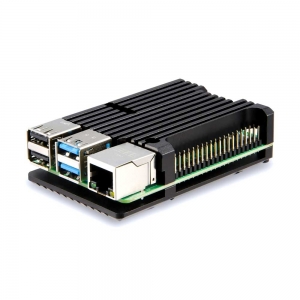
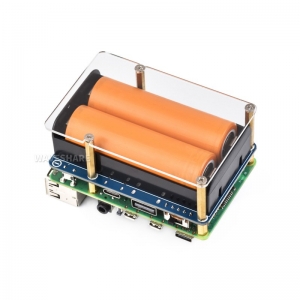
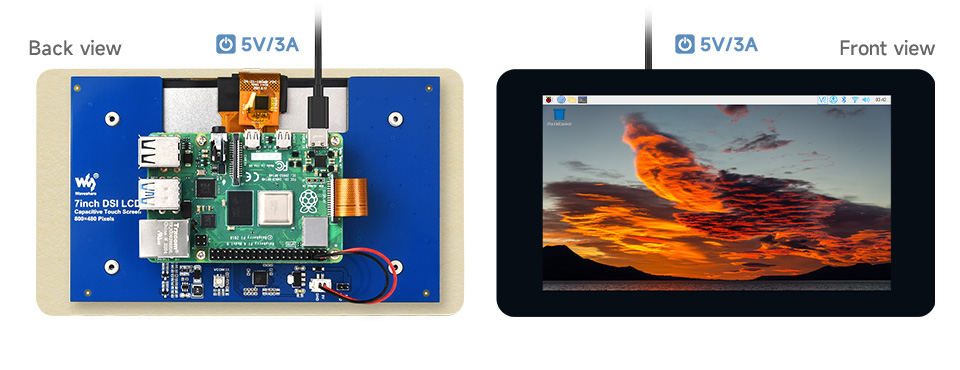
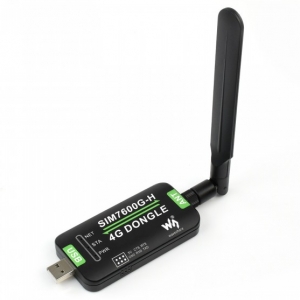
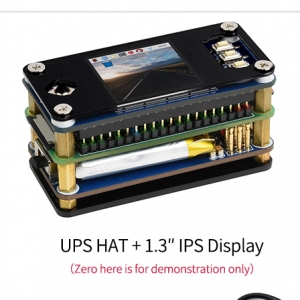
Share this blogpost by pasting the copied link on: